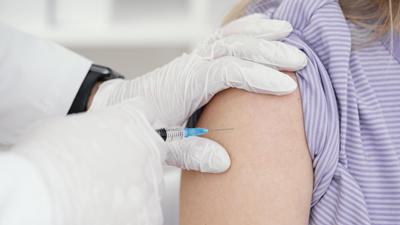First study into prevalence of COVID-19 symptoms amongst high-risk children

Children with weakened immune systems have not shown a higher risk of developing severe COVID-19 infection despite commonly displaying symptoms, a new study suggests.
During a 16-week period which covered the first wave of the pandemic, researchers from the University of Southampton and University Hospital Southampton carried out an observational study of nearly 1500 immunocompromised children – defined as requiring annual influenza vaccinations due to underlying conditions or medication. The children, their parents or guardians completed weekly questionnaires to provide information about any symptoms they had experienced, COVID19 test results and the impact of the pandemic on their daily life.
The results, published in BMJ Open, showed that symptoms of COVID-19 infection were common in many of the children – with over two thirds of participants reporting at least one symptom and one third experiencing three or more symptoms simultaneously. One hundred and ten patients with symptoms undertook viral PCR tests, none of whom tested positive.
Dr Hans de Graaf who led the research said, “Whilst we cannot be certain of the prevalence of COVID-19 amongst the children who took part because testing was only done when patients were admitted and these children were told to adhere to strict shielding measures, we can assume that any infections would have been mild cases since none of these high risk patients required hospital admissions.”
More than half of the patients or parents reported high levels of anxiety at the start of the study and despite the absence of severe symptoms, these scores remained consistently high throughout the study period.
The researchers believe that these results show that widespread symptom screening for early detection of COVID-19 is not going to useful for children in these circumstances.
Dr de Graaf continued, “This study was the first to observe the impact of the pandemic on children with compromised immune systems. During the first wave of the pandemic, many may have been shielding so our results suggest that either the shielding measures were effective or that immunocompromised children are less affected by COVID-19 than adults, just like healthy children.”
The report also concludes that the continuous high level of anxiety among participants highlights the need to clearly define and communicate the risk of COVID-19 in children and young people, particularly as lockdown restrictions ease.